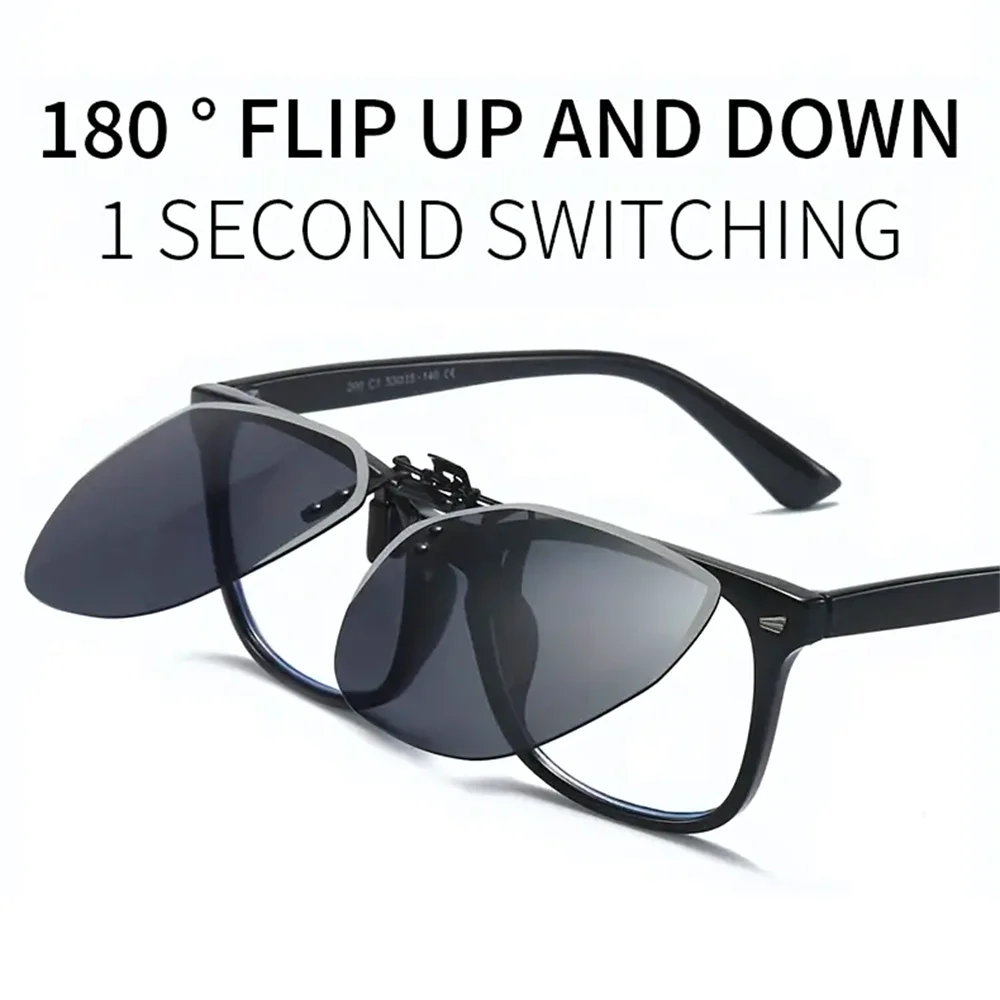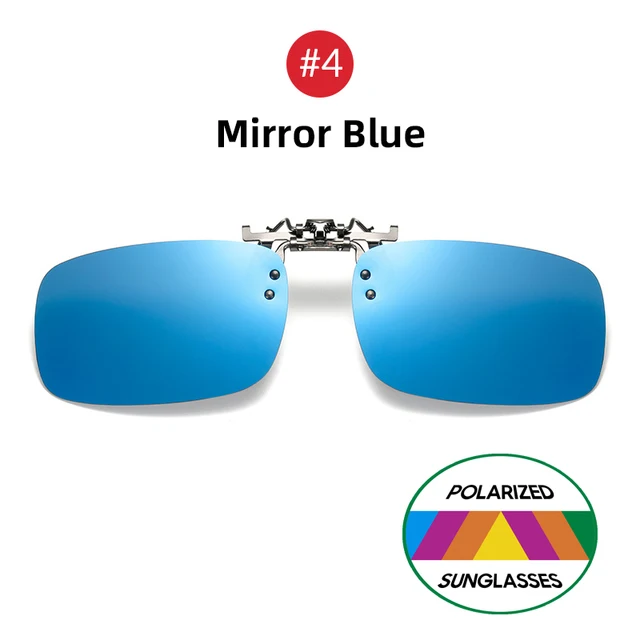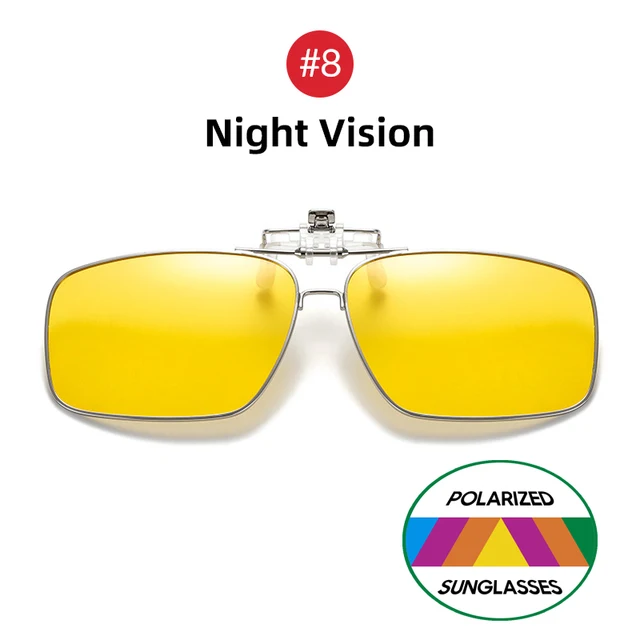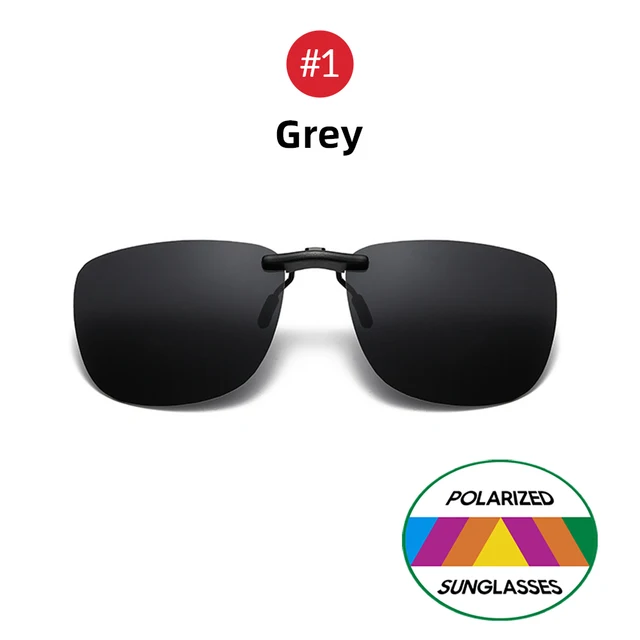What Are Polarized Lenses?

Polarized sunglasses have become an essential accessory for many outdoor enthusiasts. Whether you’re driving, fishing, or simply spending time outdoors, these lenses offer significant benefits by reducing glare and enhancing visual clarity. This guide explores what polarized lenses are, how they work, when to use them, and when they might not be suitable.
Should I Pay Extra for Polarized Sunglasses?

Yes, polarized sunglasses are generally worth the extra cost if you spend a lot of time outdoors. They reduce glare from reflective surfaces like water, roads, and snow, providing clearer vision and reducing eye strain. For activities such as driving, fishing, and hiking, the benefits can be significant.
Does the Color of Polarized Lenses Make a Difference?
The color of polarized lenses affects how they filter light and enhance contrast. Grey lenses are neutral and reduce overall brightness without distorting colors, making them versatile for all-purpose use. Brown or amber lenses enhance contrast and depth perception, ideal for activities like driving and fishing. Yellow lenses are excellent for low-light conditions, enhancing visibility during dawn or dusk.
How Much More Expensive Are Polarized Sunglasses?
Polarized sunglasses typically cost 10-20% more than non-polarized ones due to the advanced technology and materials used. However, prices can vary widely depending on the brand, quality, and additional features such as UV protection or photochromic lenses.
Can You See Through Water with Polarized Sunglasses?
Yes, polarized sunglasses significantly reduce glare from the surface of the water, allowing you to see beneath it more clearly. This feature is particularly beneficial for activities like fishing, boating, and other water sports, where seeing below the surface is crucial.
Why Do Polarized Sunglasses Give Me a Headache?
Some people may experience headaches when wearing polarized sunglasses due to the way these lenses filter light. This effect can cause visual discomfort for individuals sensitive to changes in light patterns. If headaches persist, it’s advisable to consult with an eye care professional and consider alternative lens options.
What Does 100% Polarized Mean?
100% polarized means that the lenses are fully equipped to block all horizontally reflected light, effectively eliminating glare. This ensures maximum visual clarity and comfort, especially in environments with high reflective surfaces such as water, snow, and glass.
How to Check Polarized Glasses Online?
To verify if glasses are polarized when shopping online, look for product descriptions stating “polarized lenses.” Additionally, check customer reviews and product specifications. Some websites also provide polarized test images; when viewed with polarized glasses, the images should appear differently, confirming their polarization.
Are Prescription Sunglasses Worth It?
Prescription sunglasses are worth it for individuals who require vision correction and spend considerable time outdoors. They offer the combined benefits of clear vision and UV protection, reducing the need to switch between regular glasses and sunglasses. **[Polarized Sunglasses](https://www.polarizedlen.com/product/uv400-flip-up-polarized-sunglasses/)** enhance these benefits by providing glare reduction.
Why Would You Want Non-Polarized Sunglasses?
Non-polarized sunglasses might be preferable in certain situations, such as viewing LCD screens, where polarized lenses can interfere with visibility. Additionally, for those who do not spend much time in environments with high glare, non-polarized sunglasses can provide adequate UV protection and be a cost-effective choice.











